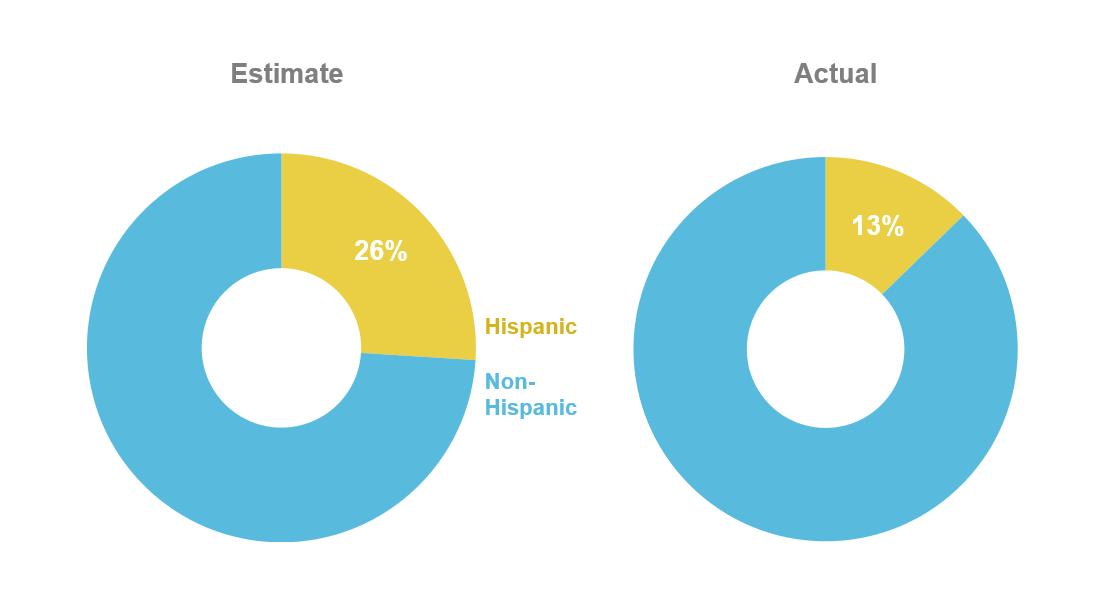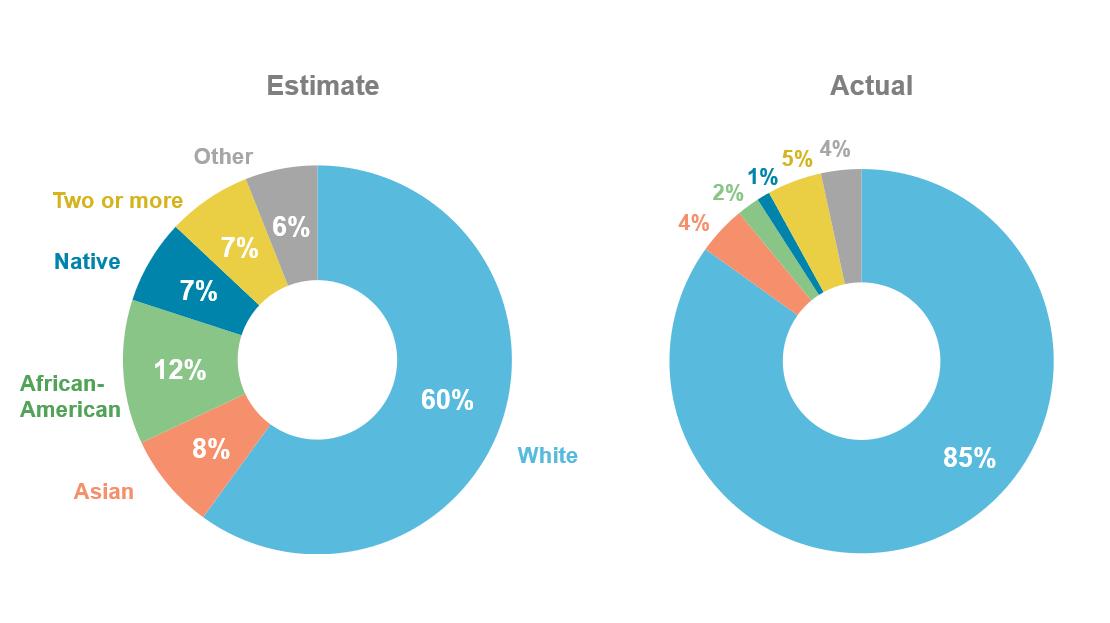(This is not uncommon. National surveys show show similar results about this US population.)


Median ages:
US - 37.8
OR - 39.2
Oldest county in US, Sumter (FL) - 66.4
Younger county in US, Lexington (VA) - 21.6
This repeats itself across Oregon's 36 counties, urban and rural.
With regards to education, there are areas of the state that are falling farther and farther behind.


















